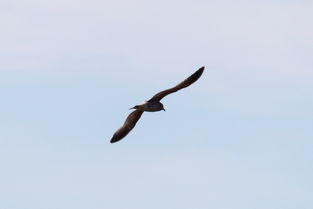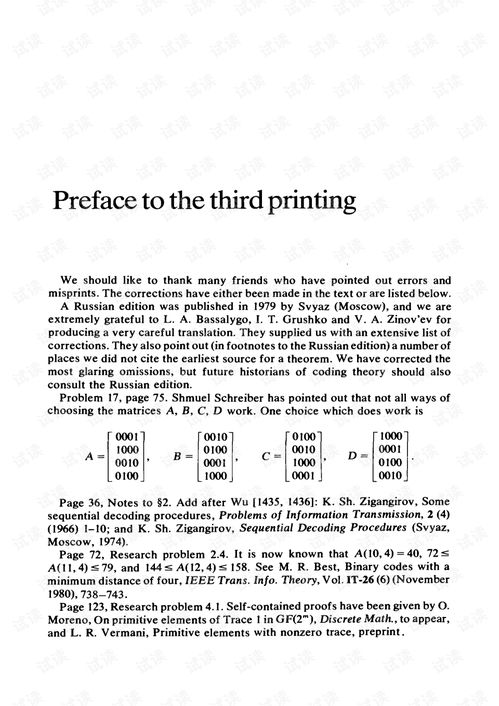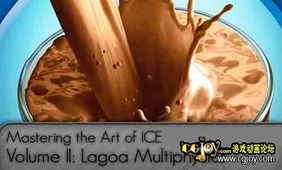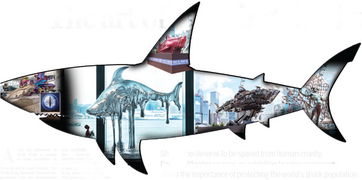Content:
Fishing, an ancient and revered pastime, has evolved over the centuries, with anglers adopting new techniques to enhance their chances of a successful catch. One such technique that requires a blend of skill and patience is river fishing without the use of a float or bait. This method, often referred to as "naked" or "baitless" fishing, presents unique challenges but can yield some of the most rewarding experiences for the intrepid angler. In this article, we delve into the art of river fishing without a float, offering essential techniques and tips to help you become a master of this unconventional method.
Understanding River Dynamics
Before we delve into the specifics of river fishing without a float, it's crucial to understand the dynamics of river environments. Rivers are dynamic, with currents, tides, and undercurrents that can affect the way your lure or bait moves. The flow of water, depth, and the presence of rocks, logs, and vegetation all play a significant role in determining the best approach.
Choosing the Right Gear
The gear you choose is as important as the technique itself. Here are some essential items you'll need for river fishing without a float:
A Quality Rod and Reel: A medium-heavy action rod is ideal for river fishing, as it can handle the weight of larger fish and the currents of the river. A spinning reel with a smooth drag system is also recommended.
Line: Use a monofilament line with a breaking strain of at least 12 pounds. This provides enough strength to handle most river fish while remaining flexible enough to cast effectively.
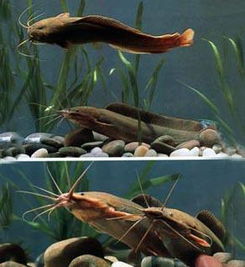
Leader and Tippet: A leader of around 6 to 12 inches in length, made from a lighter gauge line, is necessary to reduce the visibility of your lure or hook to fish.
Hooks: Small to medium-sized hooks, depending on the species you're targeting, are best. Ensure they are sharp and well-seasoned.
Lures or Artificial Baits: Soft plastics, spinners, and inline lures are excellent choices for river fishing without a float. These lures can be fished slowly or retrieved at different speeds to mimic natural prey.
The Technique
Now that you have the right gear, let's discuss the technique itself:
Locate Fish-Holding Areas: Study the river's layout and identify areas where fish are likely to congregate. These areas include eddies, slow currents, and structure such as rocks, logs, and weed beds.
Cast and Retrieve: Cast your lure into the water and let it sink to the desired depth. The key is to mimic the natural movement of prey. Vary your retrieve speed and cadence to entice fish.
Adjust for Currents: If the river has a strong current, cast into the current and allow your lure to float down with the flow. For slower currents, you may need to adjust your casting angle and retrieve technique.
Use Sensitivity: Without a float, you must rely on your sense of touch to detect bites. Pay close attention to the line for any sudden movements, tugs, or taps that indicate a fish is interested.
Set the Hook: When you feel a bite, set the hook quickly but gently. Avoid jerking the rod too hard, as this can pull the hook free or cause injury to the fish.
Play the Fish: Once you've set the hook, play the fish carefully. Avoid reeling too fast, as this can cause the fish to run or break the line. Allow the fish to tire naturally and handle it with care when it's close to the boat.
Safety Precautions
Fishing without a float requires extra caution, especially in river environments. Here are some safety tips to keep in mind:
Always Wear a Life Jacket: This is a non-negotiable safety measure, especially when fishing in rivers where currents can be unpredictable.
Be Aware of Your Surroundings: Pay attention to rocks, logs, and other hazards in the riverbed that can cause injury or damage your gear.
Check the Weather: River fishing can be affected by weather conditions. Always check the forecast and be prepared for sudden changes.
Stay Hydrated and Fed: River fishing can be a lengthy endeavor. Stay hydrated and bring snacks to maintain your energy levels.
Respect the Environment: Be mindful of the natural environment and leave no trace. Dispose of waste properly and avoid disturbing wildlife.
In conclusion, river fishing without a float is an art that requires patience, skill, and a deep understanding of river dynamics. By choosing the right gear, mastering the technique, and adhering to safety precautions, you can enjoy some of the most thrilling and rewarding fishing experiences. So, gear up, hit the river, and let the adventure begin!
